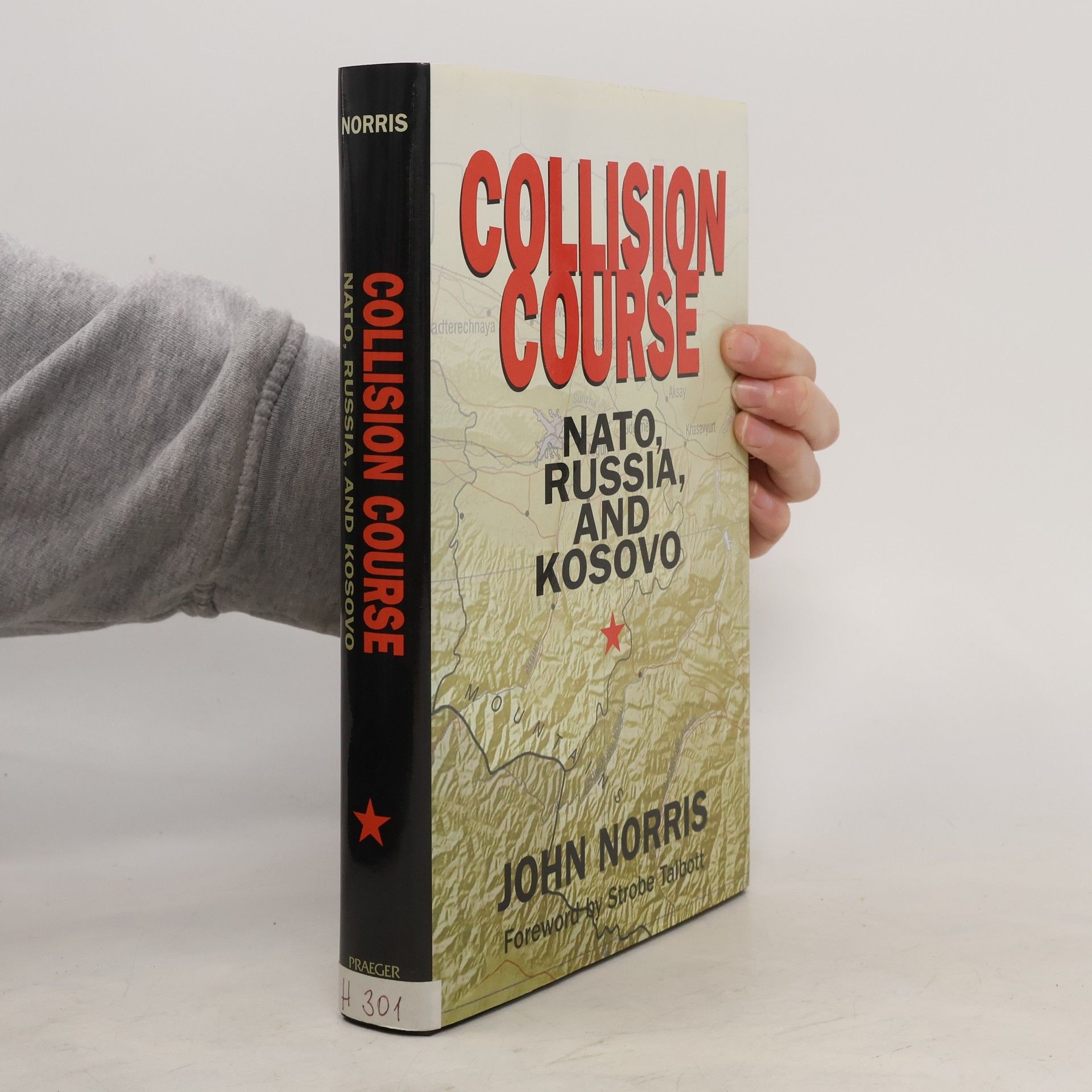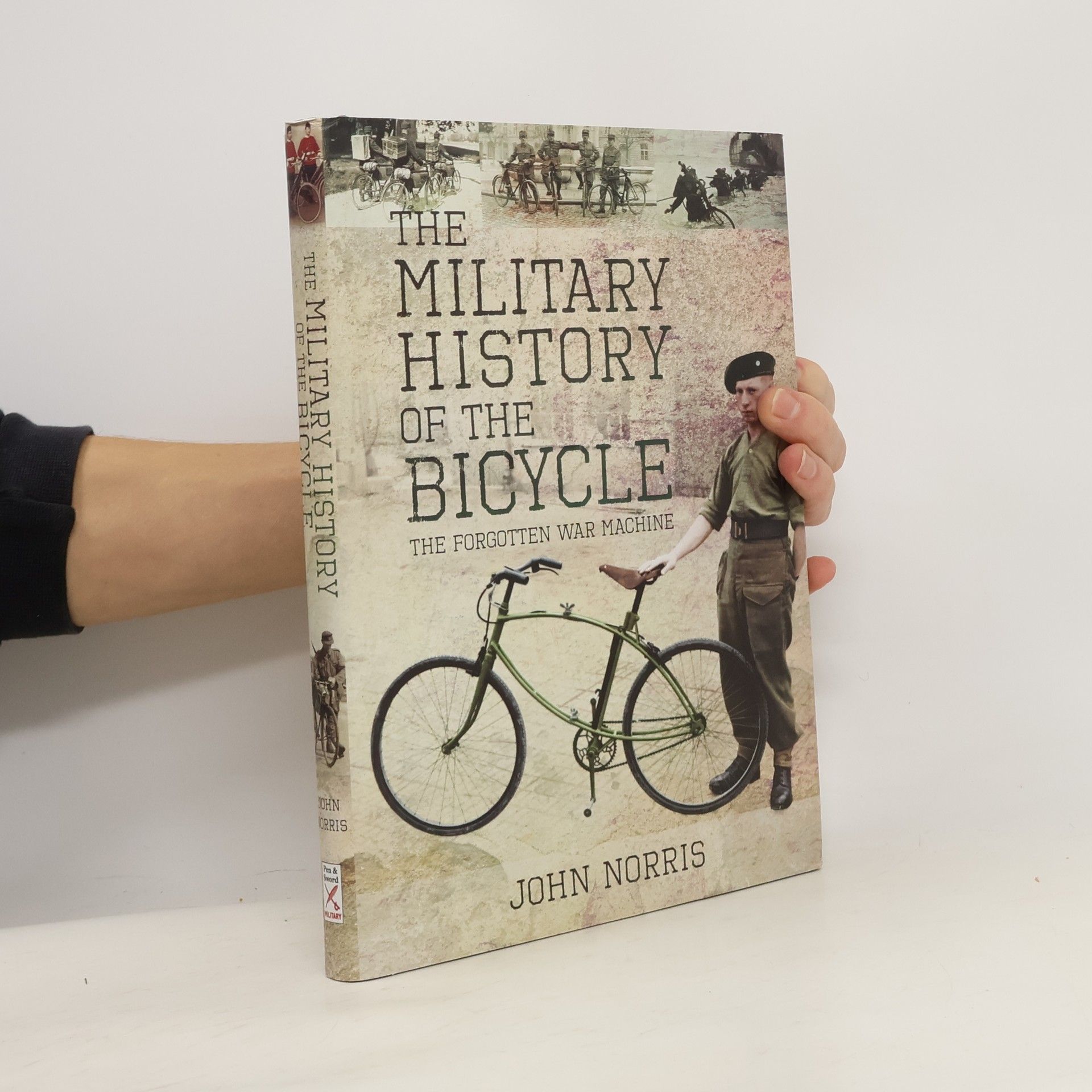The Military History of the Bicycle: The Forgotten War Machine
- 200pages
- 7 heures de lecture
"Almost as soon as a viable metal-framed bike was invented, it was put to military use, offering a much cheaper, less fragile and less logistically demanding alternative to horse transport. Widely used in many armies from the late 19th century, through both world wars and beyond, the bicycle really is the forgotten war machine. John Norris traces the development of military cycling from first experiments, including early (often flawed) designs for armed and multi-passenger versions. He explains how and why bikes were used for rapid movement of infantry units as well as carrying messages and other tasks. First used in the Franco-Prussian War of 1870-71, then by both sides in the Boer War, they were widely adopted throughout Europe before the First World War. In the Second World War, the Japanese used over fifty thousand bicycles in the conquest of Malaya and the German army used over three million, relying on them increasingly as petrol shortages immobilized motor transport. The Allies famously made use of folding and air-dropped bikes in Operation Market Garden and in Normandy. After WW2 bikes were used extensively in Vietnam, particularly along the Ho Chi Minh trail and some European armies maintained specialist bicycle units throughout the Cold War and into the 21st century. Specialized military bikes, collapsible for use by parachutists, are still being made for Special Forces units. John Norris examines the whole history of pedal-powered warfare and illustrates it with an array of high-quality photographs." -- Jacket


